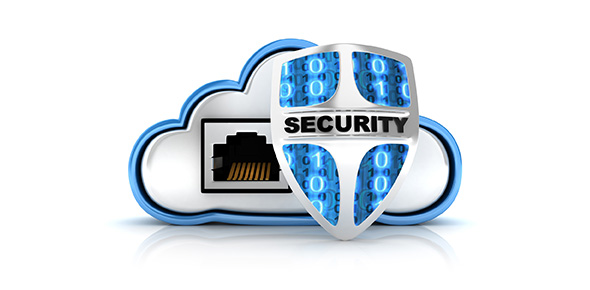Related Flashcards
Related Topics
Cards In This Set
| Front | Back |
|
.Arithmetic Logic Unit (ALU)
|
This is the component of the processor chip that handles most of the mathematical calculations and logical reasoning needed to execute an instruction
|
|
ASCII
|
The American Standard Code for Information Interchange. It is a mapping that takes common characters in American English and maps them to number so that they can be represented on a computer. For example, "A" maps to the decimal number 65 or the byte 01000001.
|
|
Bay (Internal or External)
|
A bay is nothing more than a mounting point within a computer chassis where components such as a hard drive, cd rom, or dvd player can be placed.
|
|
Bus
|
Inside a computer, the function of a bus is to move data from one component (memory, processor, expansion card) to another. For example, the system bus is responsible for moving data back and forth between main memory and the processor.
|
|
Byte
|
A byte is the smallest practical unit of computer memory. It consists of 8 individual bits (1s or 0s). A single byte can represent any one ASCII character or a number between 0 and 255.
|
|
Cache
|
Cache memory is a small chunk of extremely high speed memory that is placed between the processor and main memory in order to help speed up some tasks. Cache memory holds the most commonly requested items together with anticipated items in order to speed up access to them. In many cases this can result in a significant performance gain.
|
|
Control Unit
|
One of the primary components of a processor chip. The control unit is responsible for fetching an instruction into the registers within a processor and analyzing that instruction to determine what needs to be done. The control unit is responsible for overseeing the machine cycle.
|
|
CMOS Memory
|
CMOS is short for complimentary metal-oxide semiconductor and indicates that the memory is manufactured from components that require very little power to remain energized and retain the memory's contents. In most computers, CMOS memory is used to store the configuration of the computer for use in the POST (power on self-test) run when a computer starts. The CMOS memory may also store current time and date information.
|
|
Expansion Card / Adapter Card
|
In order to allow for computers to be configured to suit different tasks, computer motherboard's contain slots into which expansion cards may be plugged. An expansion card is a circuit board onto which chips have been arranged so that the board can perform a desired task. For example, a card may be designed to act as a modem, to display
|
|
Heat Sink
|
Processors contain a large number of very tiny integrated circuits in a small space. When a computer is running electricity is passed through all these circuits and the small confines produce a lot of resistance and a good amount of heat. In order to cool the processor, a heat sink consisting of a finned aluminum or copper plate together with a fan are often bolted right over the processor chip.
|
|
Machine Cycle
|
The sequence of steps that a processor undertakes for each instruction.
1. fetches the instruction from RAM Memory
|
|
Volatile Memory
|
Volatile memory must be continually re-energized by the computer in order to hold its contents. Should the computer be turned off or lose power, the contents of any volatile memory will be lost. This is often desirable for security reasons and to ensure that a computer reboots with a fresh system and not one stuck remembering where it froze.
|
|
Motherboard
|
The main circuit board in a computer that connects together all of the individual components that comprise the system unit. The mother board typically provides slots to hold the processor, RAM memory, and expansion cards. It also provides all of the circuitry (busses) to connect the components to the main processor. Many modern motherboards also have chips that can provided video, sound, or networking functionality.
|
|
Parallel Processing
|
In parallel processing, a computer problem is solved by using multiple processors functioning together at the same time
|
|
Pipelining
|
In order to allow modern computers to perform more work while working at slower system clock speeds, technicians take advantage of the fact that each stage of the machine cycle uses different areas of the processor. Thus, it is possible to have one instruction fetched, while another is decoding, a third is executing, and a forth is storing. This is know as pipelining.
|





